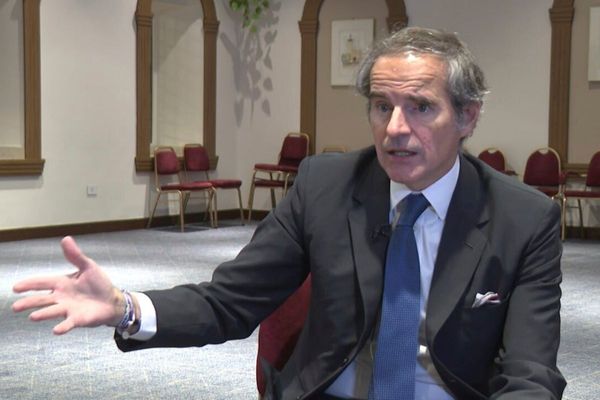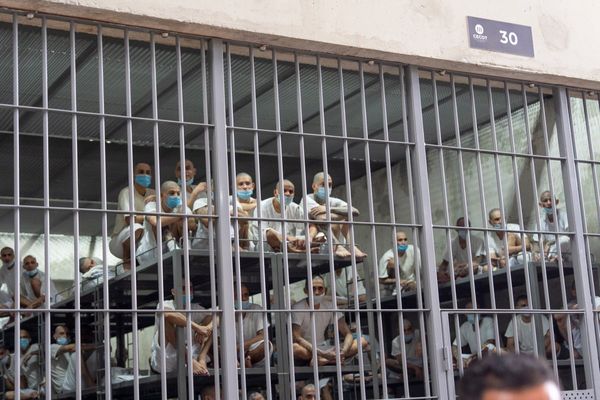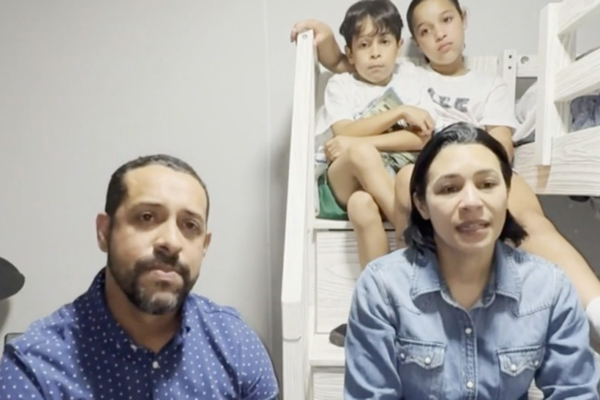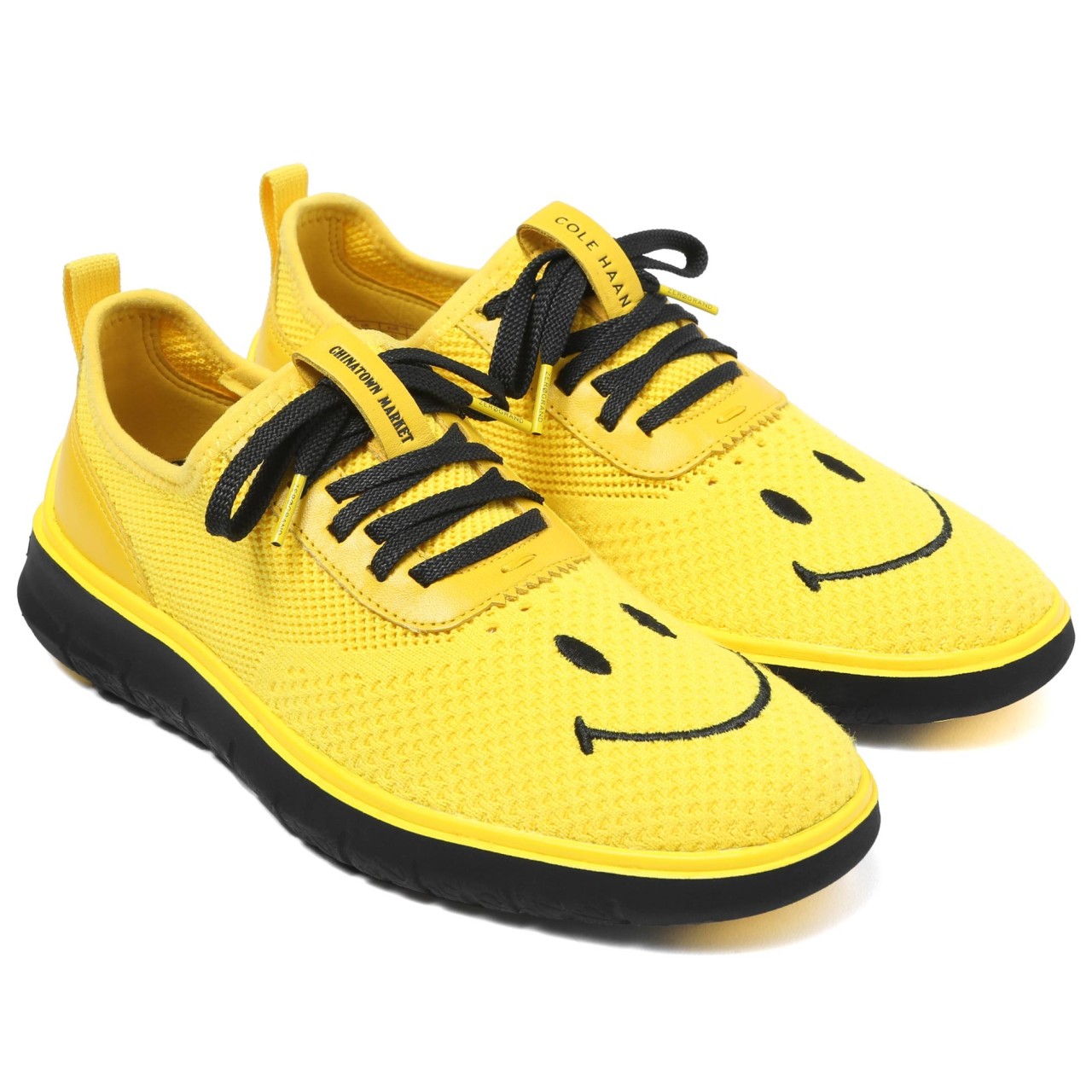
Los Angeles-based streetwear label Chinatown Market was named as a tribute to New York’s bustling Canal Street – near the city’s Chinatown – but don’t expect the brand to sell you anything typically Chinese.
“I’ve had companies asking us to make rice bowls and chopsticks,” says founder Michael Cherman. “That’s never something I’m going to do. We’re very sensitive to other peoples’ cultures.”
Cherman suspected that there would be confusion around the name of his company, which has been in business for three years.
“In creating this brand, we never intended to pull from Chinese culture,” he says. “It can be confusing if you only look at the cover of the book and not what’s inside. But it’s how we work, and what we do creatively, that should define who we are.”
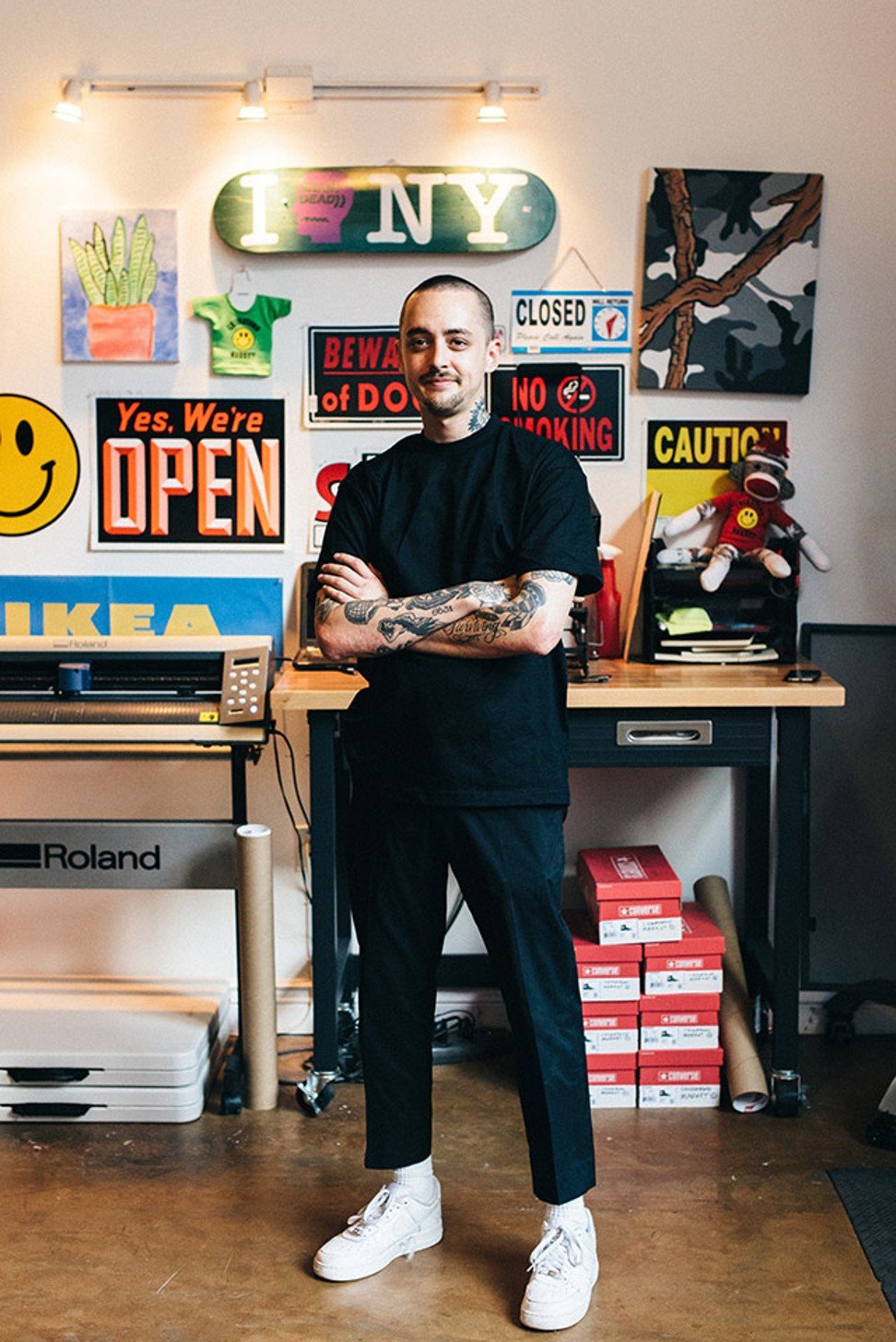
Despite the occasional confusion, Cherman, who dropped out of Parsons School of Design in New York after a year, has had the sort of success with Chinatown Market that most new brands can only dream of.
His streetwear-influenced collections of casual-yet-quirky pieces have found a wide fan base, and landed him in retailers including Selfridges and Browns in London, Lane Crawford and Joyce in Hong Kong, and Urban Outfitters stores all over the United States.
He says he started seeing traction for his brand about six months after launch, and concedes that it’s “crazy” that his humble sweatpants and bomber jackets “are on the same shelf as Balenciaga”.
Cherman grew up in New York but discovered the street/skate culture that now informs his aesthetic while living in San Diego.
He worked in the field of technical sportswear and graphic design and got exposed to “elevated brands from Japan and Korea”.

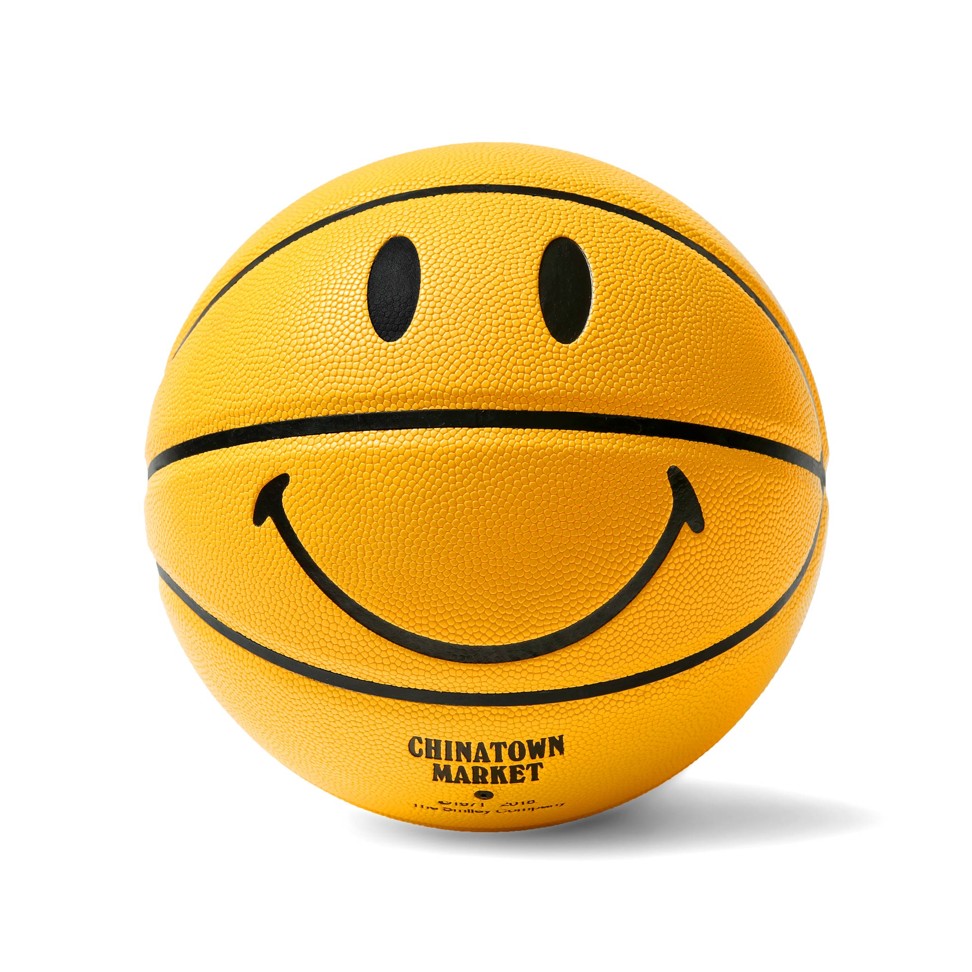
His idea for Chinatown Market was to plug into the ease of fast fashion.
“We were at a point where we’d gone from something so serious and planned out, spending six months to a year designing a jacket, to ‘if I have an idea today, I can ship it tomorrow.’ I knew that if I could do that, I could innovate, learn and get smarter. Back in the day, we’d have to send an idea to a factory and maybe wait six months to see a sample.”
He started by using tools for embroidery that could be found in a high school workshop and use them to update basics.
“I’d buy bomber jackets and print these beautiful embellishments on them, doing them by hand,” he said. “It started to set us apart. I want to work quick and be fluid. In this business, we shouldn’t constantly be taking these big risks and doing four collections a year, because if one of them is a wash, you have to wait a quarter of the year. I want to learn every day.”


Cherman and Chinatown Market have now become valuable partners for a number of other globally recognised names, producing limited-edition collections that often sell out almost instantly.
These have included sneakers with Cole Haan: the CTM x Cole Haan x Smiley Generation Zerogrand is a pair of sunny yellow sneakers bearing the enduring smiley face, priced at US$120. Cherman describes them as “a sneaker meets a dress shoe”.
Another alliance with Crocs, maker of the classic foam resin clog, produced a version covered in bright green AstroTurf synthetic grass.
“They were super fun and very beautiful and we sold out of them in a minute,” Cherman says. “It was a crazy and energetic release for us.”

More collabs that he can’t talk about are upcoming, including with Vans, Puma, Converse and Timberland.
Ultimately, he says, the products have to be “all about novelty, about turning something on its head. People need to ask the question, ‘what should this be? Can I put it on a shelf or can I immediately wear it?’”
Cherman says he takes that same approach to everything in the Chinatown Market stable. It results in things like a T-shirt emblazoned with the word “Mom” stylised to look like the logo of luxury fashion giant MCM; a long-sleeved pink tee covered with images of lips baring teeth sporting grills, braces or simply imperfectly laid out; black UFO sweatpants printed with spaceship images; denims that say “thank you” in several languages; a black nylon bomber patterned with the flags of numerous countries; and basketball, rugs, blankets and air-fresheners, functional products given a bit of whimsy.
Still, Cherman says it’s not just about the products. He has made his Los Angeles office and studio the sort of place that welcomes people who may feel disenfranchised and misunderstood.
“It’s a big thing for us to be so much more than just a brand,” he says. “We want to uplift our team and create a platform. We want these kids to have an opportunity to learn, to develop their skills in our office and maybe go out and do their own thing. My bosses from back in the day, they just wanted me to do for them, and not to do for me. I’m changing that here.”

He has a full-time staff of 16, and describes himself as a “pseudo father’ to a lot of them. Among his proteges is a young man from India who found Chinatown Market on social media, came to Los Angeles, moved into a youth hostel and got a paid internship with Cherman.
“He’s now the director of marketing for the brand,” Cherman says. “I want to give those kids a table to work from, give them a chance to grow, learn and fail, to know that even if they f*** it all up, it will get better. It’s a place where you can pull the curtain back and see what these kids do, who they are, and follow them as authentic characters.”
He concedes that his business model, and how he runs his place of employment, is in itself an act of rebellion, one of many ways in which he’s a proven “disrupter”.
“I know we should have a crazy old professional system and run a super tight business. But there’s something beautiful about what we have, the community we’ve built, and that’s something I like to champion,” he says.
He also likes to mentor other people and brands, imparting the lessons he has learned along the way – like, for example, to his brother, who is a former chef-turned-popcorn maker. Education is fine, he says (after all, another brother is a tax lawyer), but he doesn’t see it as the only road to success.
“In my own life, nobody ever asked where I went to college. They were just interested in my work and what I was producing and was I being creative,” he says.
“I tell anyone who asks – you need to not be afraid to fail. You need to believe in yourself before anyone believes in you. It’s challenging, when you put yourself out there and people give their opinions and it can be devastating. It’s hard to navigate these things. But you have to ask yourself: how much do you want this, and do you want to go home every night and think about anything but this?”

